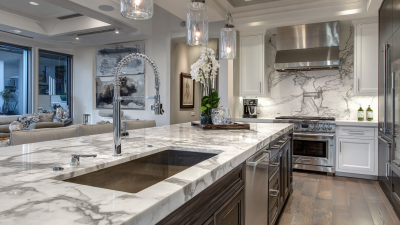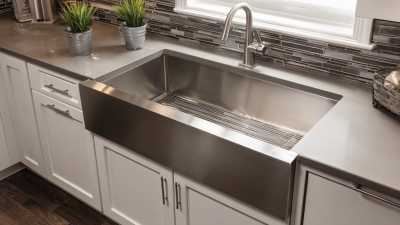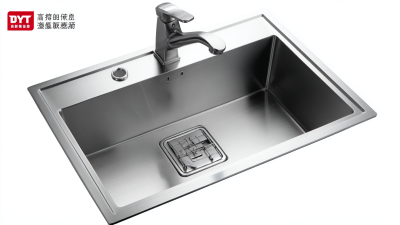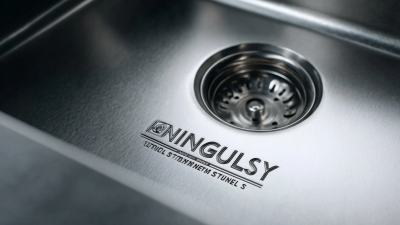When it comes to outfitting a kitchen, one of the most vital choices homeowners face is selecting the right sink. A High Quality Stainless Steel Sink not only enhances the aesthetic appeal of the kitchen but also contributes significantly to its functionality and longevity. According to a 2022 industry report by the National Kitchen and Bath Association, stainless steel remains the top choice among homeowners, accounting for 60% of sink purchases due to its durability, resistance to stains and heat, and ease of maintenance. Furthermore, a well-designed stainless steel sink can increase a home's value by as much as 27%, making it a sound investment for both cooking enthusiasts and casual users alike. As the demand for high-performance kitchen fixtures continues to rise, understanding the intricacies involved in choosing the highest quality options is more important than ever. This guide seeks to equip you with the knowledge needed to make an informed decision about your sink selection.
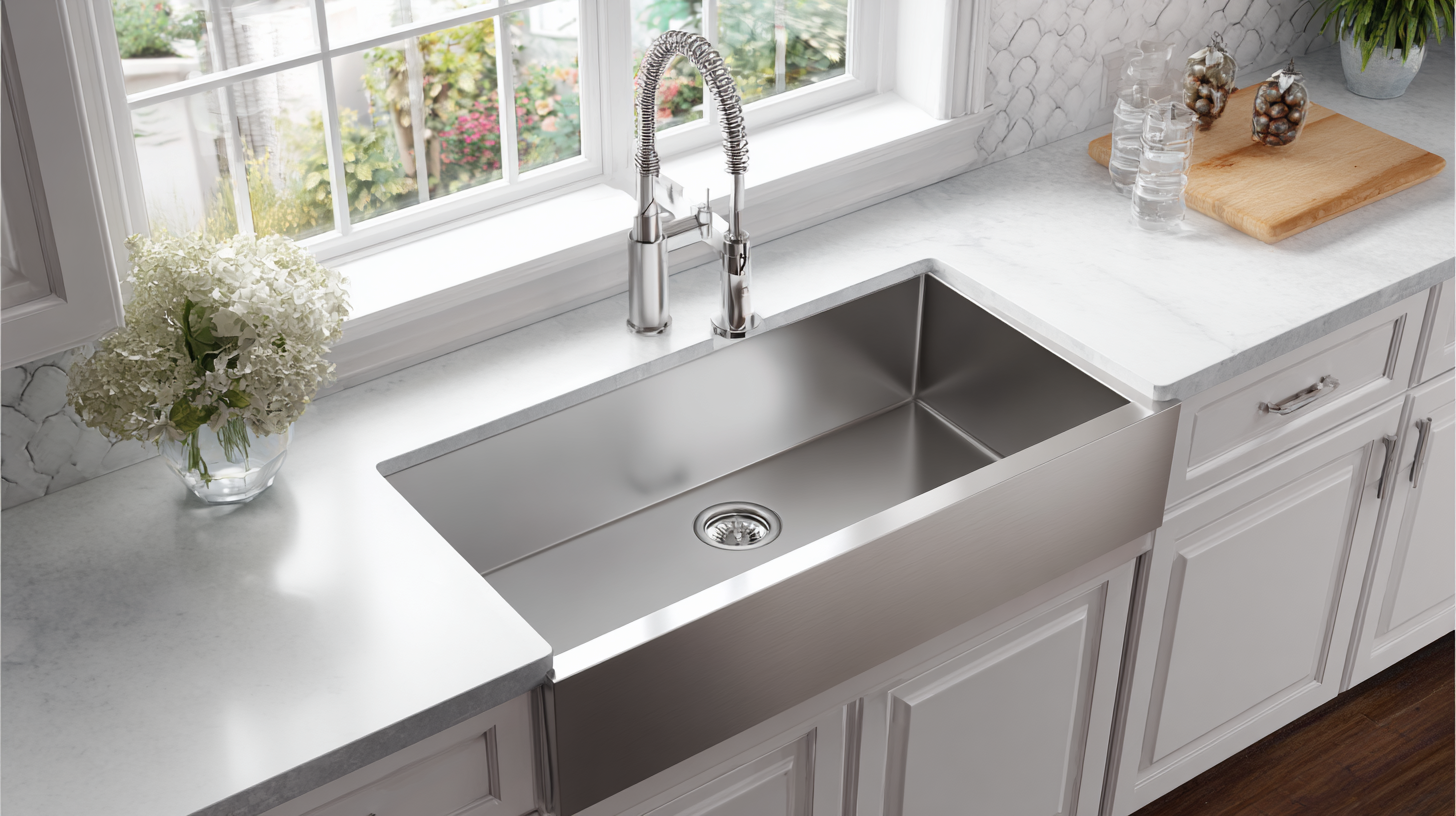
When choosing a stainless steel sink for your kitchen, it's essential to understand the various types available to ensure you select the one that best fits your needs. The most common types include top mount, under mount, and farmhouse sinks. Top mount sinks are easy to install and can complement existing countertops, while under mount sinks provide a clean, seamless look that makes cleaning effortless. Farmhouse sinks, or apron front sinks, offer a distinctive aesthetic and deeper basins, ideal for those who may require more space for washing larger pots and pans.
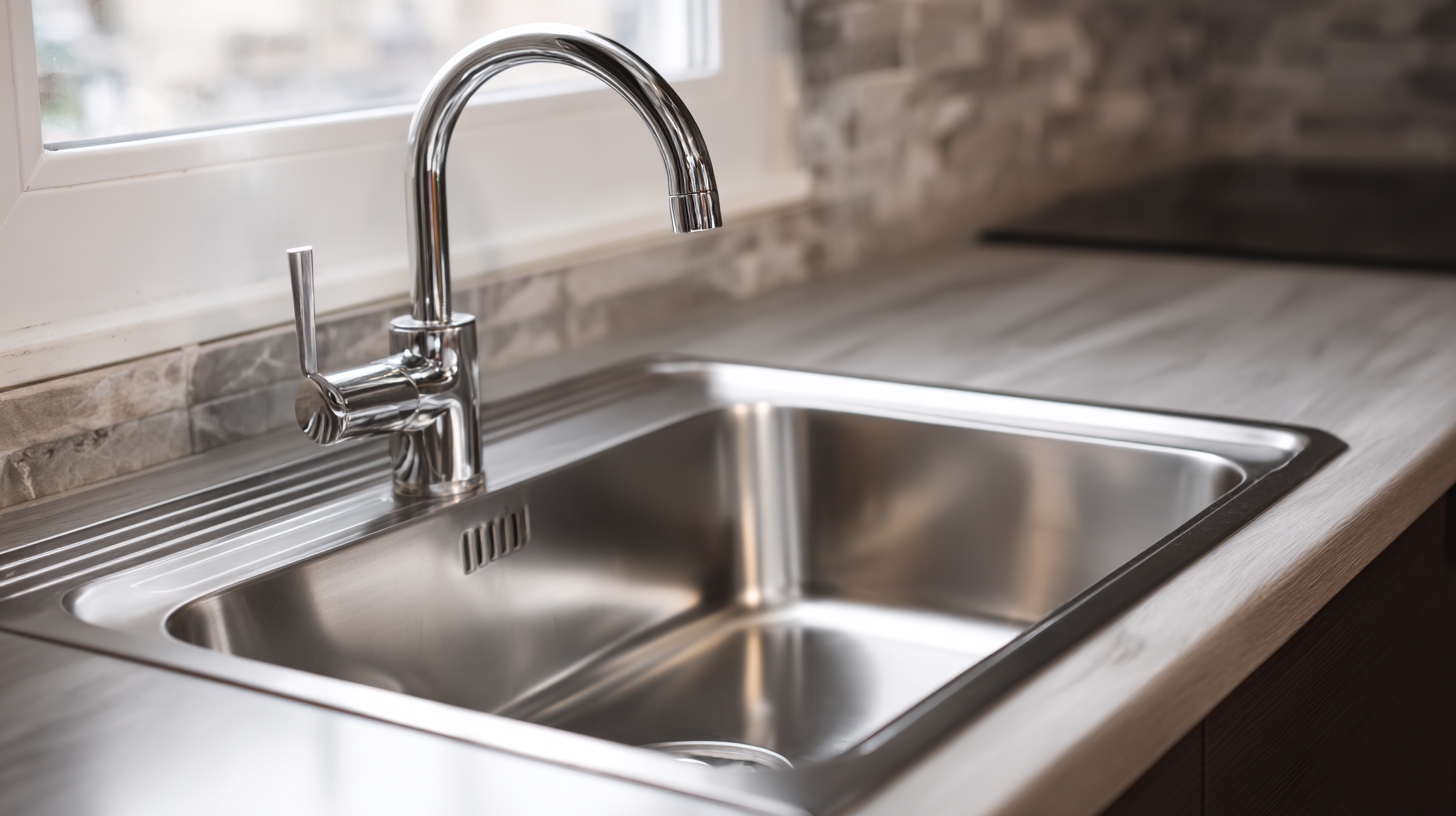
In addition to mount styles, stainless steel sinks come in different gauges, which affect their durability and sound insulation. A lower gauge (such as 16 or 18) indicates thicker metal, making the sink more resistant to dents and noise. Some sinks are also designed with a brushed or polished finish, which can impact not only the appearance but also how well the sink hides scratches and water spots. By considering these factors, you can find a stainless steel sink that enhances your kitchen's functionality and style.
When selecting a high-quality stainless steel sink for your kitchen, there are several key factors to consider. First and foremost, the gauge of the stainless steel is critical. A lower gauge number indicates thicker steel, which enhances durability and resistance to dents and scratches. Aim for a gauge of 16 or lower for optimal strength.
Another important factor is the finish of the sink. A brushed finish not only helps hide scratches but also adds a modern touch to your kitchen design. Additionally, pay attention to the sink's design and configuration. Single-bowl sinks offer more space for larger pots and pans, while double-bowl sinks provide the convenience of multitasking, like washing dishes and rinsing vegetables simultaneously.
**Tips:** Consider your kitchen’s workflow when choosing the sink layout. An undermount sink can create a seamless look, making it easier to clean countertops. Also, take into account the depth of the sink—deeper sinks can accommodate larger items but may require bending, which could be uncomfortable for prolonged use. Finally, don’t forget to check for soundproofing features, as added insulation can significantly reduce noise from running water and clattering dishes.
When selecting a high-quality stainless steel sink for your kitchen, evaluating the gauge and finish is paramount. The gauge of stainless steel refers to its thickness, with lower numbers indicating thicker steel. Industry standards suggest that a sink with a gauge between 16 and 18 is ideal for residential use. According to the National Kitchen and Bath Association (NKBA), sinks made of 16-gauge steel are sturdier, more durable, and less prone to denting or scratching. This thickness can also provide better soundproofing, minimizing noise from clattering dishes and running water.
The finish of a stainless steel sink plays a crucial role not only in aesthetics but also in maintenance. Sinks typically come in brushed, satin, or polished finishes; however, brushed finishes are recommended for their ability to hide scratches and fingerprints better than polished surfaces. A report by the Kitchen and Bath Industry Show (KBIS) indicates that over 60% of homeowners prefer brushed finishes for their practicality and low maintenance. Additionally, high-quality finishes can offer enhanced resistance to corrosion and staining, crucial for long-term use in a busy kitchen environment.
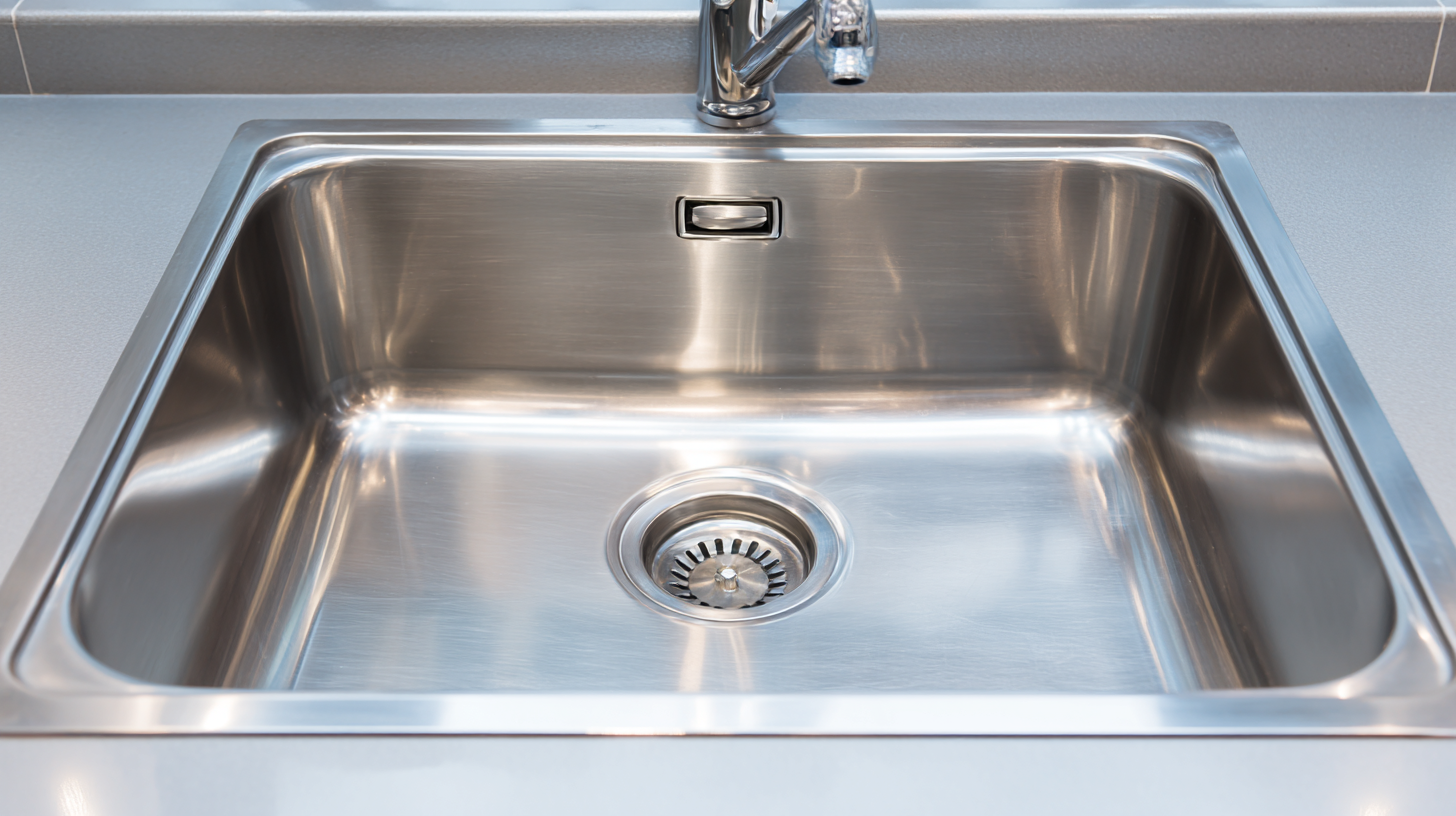
When evaluating the durability and maintenance of stainless steel sinks, it’s essential to consider various factors that contribute to their performance over time. According to a report by the National Association of Home Builders, stainless steel remains one of the most popular materials for kitchen sinks due to its resilience against rust and corrosion. High-quality stainless steel sinks typically feature a higher nickel and chromium content, making them more resistant to denting and scratching. For instance, a sink constructed from 16-gauge stainless steel offers a thicker and sturdier option than those made from 18 or 20-gauge materials, which can lead to greater longevity and less maintenance.
Maintaining a stainless steel sink is straightforward, but it requires regular cleaning to prevent staining and water spots. Industry studies show that utilizing non-abrasive cleaners helps preserve the sink’s finish and prevents dullness over time. The American Society for Testing and Materials (ASTM) outlines that proper care involves not only using the right cleaning agents but also avoiding exposure to harsh chemicals like bleach, which can compromise the material’s integrity. By investing in a high-quality stainless steel sink and following recommended maintenance practices, homeowners can enjoy both functionality and aesthetic appeal in their kitchens for years to come.
| Feature | Description | Durability Rating | Maintenance Tips |
|---|---|---|---|
| Gauge Thickness | Refers to the thickness of the steel, usually lower gauge means better durability. | 18-22 gauge - Good to Excellent | Choose a thicker gauge for longevity; avoid dents. |
| Finish Type | Brushed, polished or satin finishes that affect aesthetics and maintenance level. | Brushed - Good; Polished - Moderate | Regular cleaning with soft cloth can prevent scratches. |
| Soundproofing | Rubber undercoating that minimizes noise from utensils and running water. | Soundproofed - Excellent; Non-soundproofed - Fair | Minimal maintenance required, easy to clean. |
| Weld Quality | The integrity of joints which can indicate overall sink quality. | High Weld - Excellent; Poor Weld - Poor | Inspect for any visible gaps or rough edges. |
| Design Style | Variety of styles including farmhouse, drop-in, and undermount. | Varies by use | Choose a style that complements your kitchen aesthetic. |
When it comes to enhancing your kitchen design, selecting the right stainless steel sink can make a significant difference in both functionality and aesthetic appeal. Modern stainless steel sinks are available in a variety of styles, including undermount, top-mount, and farmhouse designs. According to the National Kitchen and Bath Association (NKBA), over 65% of homeowners prefer stainless steel sinks for their durability and sleek appearance. The finish of the sink can also affect the overall look; options range from brushed to polished, each providing a distinct feel that can complement various kitchen themes.
Tips: When choosing a sink, consider the thickness of the steel; a gauge of 16 or 18 is recommended for durability and resistance to denting. Additionally, deeper sinks can enhance usability and accommodate larger pots and pans, improving your cooking experience.
Features such as soundproofing, integrated drainboards, and modern faucet designs can elevate the functionality of your sink. According to a recent survey by Kitchen & Bath Business, 55% of participants stated that they prioritize noise reduction features in their sink choice, highlighting the importance of a tranquil kitchen environment. Choosing a sink that integrates seamlessly with your countertop can also contribute to a cohesive design, making your kitchen not only more efficient but also visually appealing.

